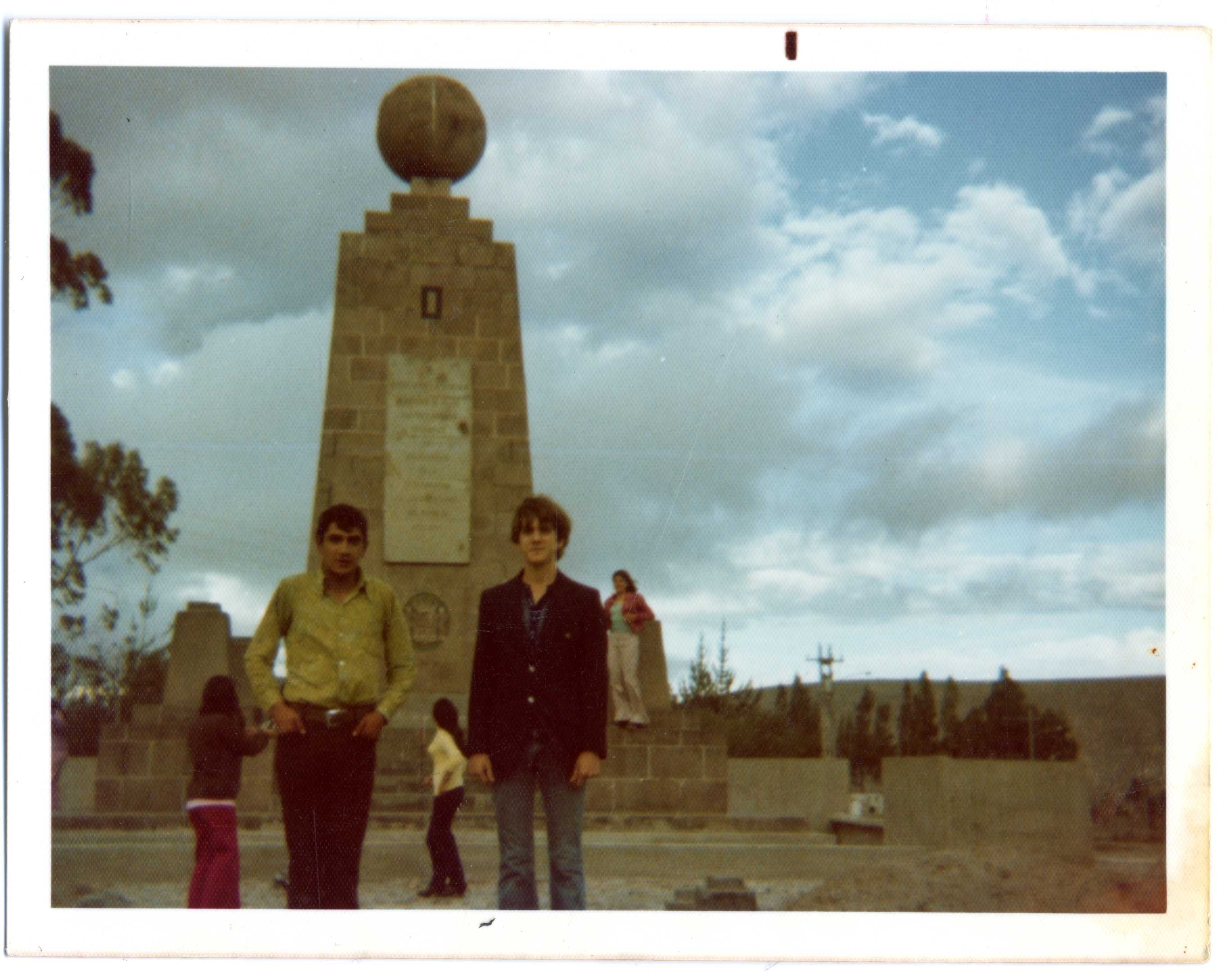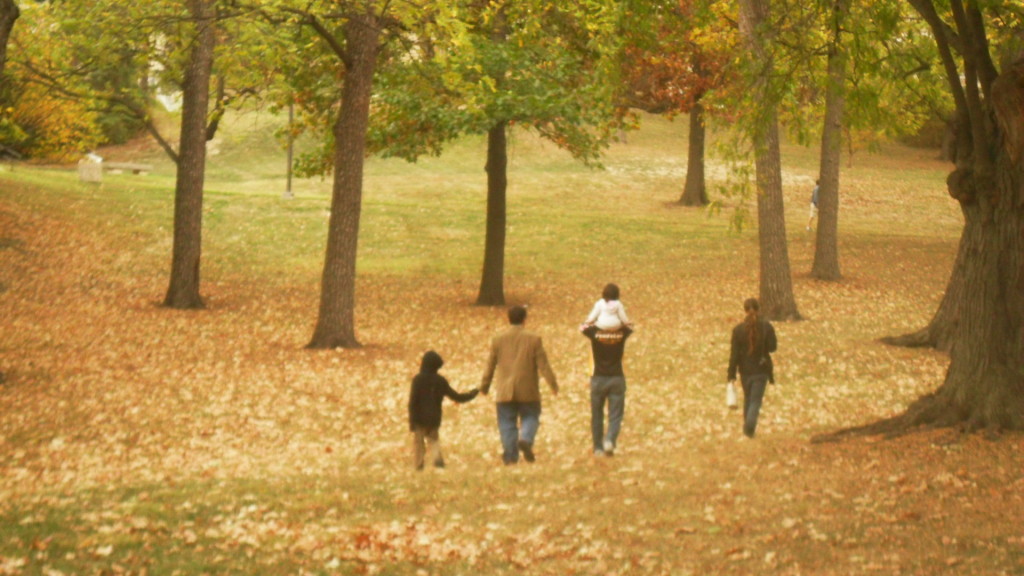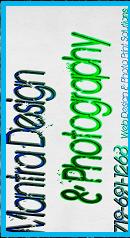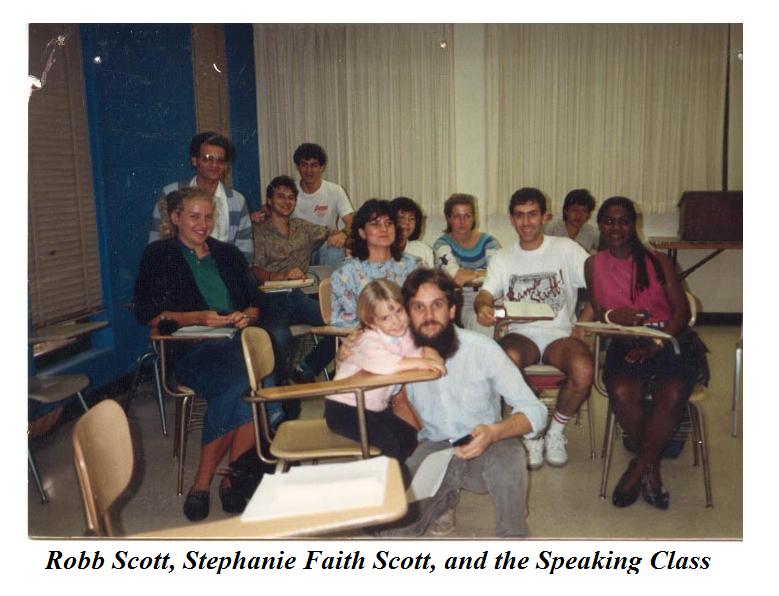
Mid
Autumn 2011
Activism vs
Procrastination
by Ashley
Green
Monty
Thompson
New Force
in Lamar
Poetry
Analysis
by
Meribel
Osorio
Unifying
Programs
Across
Campus
A Look Back
at NYSTESOL
2001
in Rye Brook
My Cross-
Cultural
Journey
![]()
/Index/
/Letters/
/Profiles/
/Search/
/Podcasts/
![]()
Subscribe
for free!

My Cross-Cultural Journey in Life
Following the Impulse to Learn and Grow
My interest in cross-cultural communication must have started in second grade, when my mother helped me make a notebook about a car trip our family took to Mexico. She was the first ESL teacher I ever knew: she taught English to a Cuban immigrant studying at Old Dominion College, in Norfolk where we lived. When our family moved to central Kansas in 1967, there was not much diversity. My first opportunity to learn a second language came in ninth grade, in Mrs. Law's Spanish class; my interest in culture became interwoven with the language learning process after I got a Spanish-speaking pen-pal from Quito, Ecuador, with whom I am still corresponding, now by e-mail and Skype.
I studied intro to TESL with Prof. Henderson at K.U., and was continually in awe of his cerebral riffs tying Betty Robinett's teaching points to his own colorful experiences. Another important early influence was Dr. O. Dean Gregory, a master at facilitating class discussions in his TESL seminars. Those conversations extended beyond the classroom and helped me become a teacher who asks questions and wants to go deeper than just telling students an answer is right or wrong.
I still get excited when I start finding what interests the students, in the process of teaching them English. I remember one student in a beginning class at K-State, an older man from France. We met one late afternoon, and walked a short distance to share a pitcher of beer. There were napkins to draw on, and we shared stories of our children and their exploits. On the walk back, we managed to discuss politics and history, and he told me that when Napoleon agreed to the Louisiana Purchase, he predicted America would not amount to anything. In an advanced writing class, that same week, we were using an ESL play about Sacagawea, and as background were studying the Louisiana Purchase. My mind was primed to contextualize the beginning level English of my friend from France, resulting in a level of understanding which made us both feel great.
I thrive on interactions like that, with my students and my fellow teachers, and the coincidences of relevance which always seem to present themselves in an environment of openness, tolerance, and inquisitiveness. Sometimes I am able to help bring about a shift to a healthier workplace environment, more conducive to instructional creativity. Other times, I find that environment already in place, and try to help maintain it.
2011 ESL MiniConference Online
PDF conversion by PDF Online
 When I was 15, my parents responded to a formal invitation from my pen-pal's father and sent me south for a one-week stay. Fabian and I shook hands across the equator at a monument near Quito. That visit marked the first time I dreamed in Spanish. I returned home with a different mindset and excited about my first significant cross-cultural experience. I followed that route to South America a number of times, and am still on a cultural learning path that has included hundreds of students from all over the world.
When I was 15, my parents responded to a formal invitation from my pen-pal's father and sent me south for a one-week stay. Fabian and I shook hands across the equator at a monument near Quito. That visit marked the first time I dreamed in Spanish. I returned home with a different mindset and excited about my first significant cross-cultural experience. I followed that route to South America a number of times, and am still on a cultural learning path that has included hundreds of students from all over the world.

photo by Heather Giselle Scott
Article by Robb Scott
Robb@eslminiconf.net


